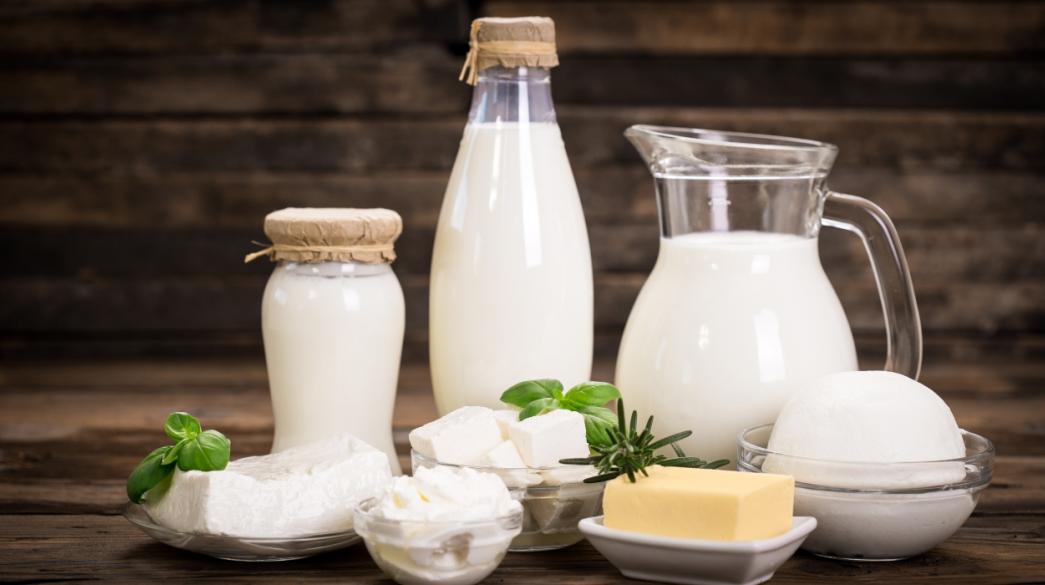Uncontrolled hikes in food costs resulting from the energy crisis, supply chain turmoil and the war in Ukraine have led consumers to drastically reduce supermarket purchases, causing economic instability to producers and businesses. Milk is a typical example.
Although it is a basic food product, milk has been affected by the reduction in consumption, too, which is the only way consumers can cope with inflationary pressures. In the five months of January-May 2022, the average drop in volume of pasteurized milk reached 7%.
This figure was seen again during the 2015-2016 economic recession. But there is a big difference. As an industry player points out, "back then there was a decrease in consumption, but there were no price increases. On the contrary, reductions were also recorded. Today the mix for consumers is explosive. They have low incomes and are facing high price rises."
At the same time, in January- May 2022, milk has lost 3% in value, despite the gradual price increases by the dairy industry, which approached 10%.
But there is also a third loser in the supply chain and that is the producer, namely the farmer. Farmers have to deal with the increased cost of animal feed and energy costs. This increase cannot be passed on to the milk they sell to dairy industries, and many of them are facing bankruptcy.
Suffocating conditions for livestock farmers
Feed prices have risen by around 70% and, combined with doubling electricity and gas bills, the cost of producing milk has risen by more than 75%. This translates into an average cost of 0.40 euros per liter for the producer only for feed and electricity. The price at which they sell to companies is 0.45 euros per liter, when in Italy it is 0.60 euros per liter.
The inability of farmers to support their production also has an impact on the supply of milk. In the first quarter of the year, milk inflow had fallen by 5%. That is, of the 600,000 tons produced until recently, about 30,000 tons are missing from the market.
Consumers are turning to discount label products to meet their needs. The low prices of discount label products satisfy consumers and chains alike, since the latter gain from these sales, having secured satisfactory profit margins.
On the other hand, a greater penetration of discount label products is not desirable in the Greek supermarket market, as the chains do not want to disturb the balance with branded products, since most of the profits come from the latter.
The fall in consumption and THESgala
The fall in milk consumption has resulted in the cooperative THESGala from Larissa closing all milk vending machines to save money. A second resolution plan is now under preparation, this time providing for the entry of a strategic investor, a version that was not addressed by the managers of the cooperative in the first recovery plan in 2019.



